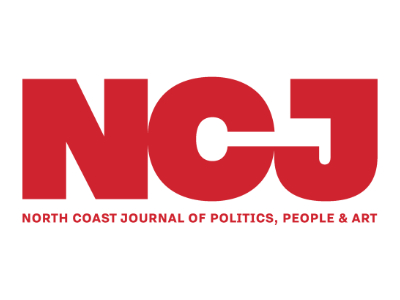
About 2,400 years ago, Hippocrates, the so-called Father of Medicine, wrote about the curative and pain-killing properties of willow leaves. In particular, he recommended willow leaf tea to relieve the pain of women in childbirth. He was following a long tradition: Ancient Sumerian tablets had recommended willow leaves to treat rheumatoid arthritis, while the Egyptian “Ebers papyrus,” dated to about 1550 B.C., suggests treating what we now call diabetes with myrtle leaves. Both myrtle and willow leaves and bark contain salicin, a bitter substance originally used to synthesize acetylsalicylic acid, that is, aspirin. (Salix is Latin for willow.) Aspirin is even more deserving of the term “miracle drug” than the new kids on the block, semaglutides such as Ozempic and Wegovy. How the humble and ubiquitous leaves and bark of willows and myrtles were transformed into what is now the most widely used drug worldwide (50 to 120 billion pills consumed each year) is a story in itself. It goes back to the Rev. Edward Stone (1702-1768), of Oxfordshire, England, who was looking to substitute expensive cinchona bark to treat the symptoms of malaria, then called “the agues.” Knowing of Hippocrates’ writings, he dosed 50 feverish patients with a solution he prepared from powdered white willow bark … with great success. His subsequent note to the president of the Royal Society of London started the modern rise of salicylic acid, the precursor of what became known as “aspirin.” Fast forward to 1897, when Felix Hoffman — or, controversially, his supervisor Arthur Eichengrün — working at Bayer labs in Germany, synthesized acetylsalicylic acid by adding an acetyl group to salicylic acid. (Hoffman is the same guy who synthesized heroin, named for its “heroic” nature as a panacea.) Aspirin, the name chosen by Bayer, derives from “a” for acetyl and “spir” for the spirea flower, another natural source of salicin. The “in” ending was commonly used for drugs at the time. Since then, Bayer lost its trademarked name (victim of the callous 1919 Treaty of Versailles following the end of World War I) and aspirin is now, in most countries, the generic name for acetylsalicylic acid. How does it work? That puzzle was only solved in 1971, when British pharmacologist John Vane elucidated the pain-relieving mechanism of aspirin and other NSAIDs (nonsteroidal anti-inflammatory drugs). He figured out that NSAIDs inhibit the production of prostaglandin, which (among other properties) acts as a messenger…
Aspirin: The World’s Most Popular Drug

